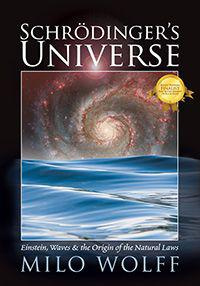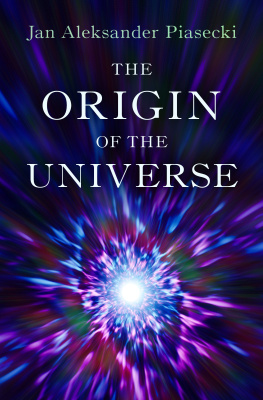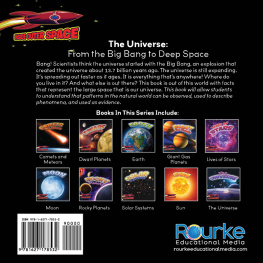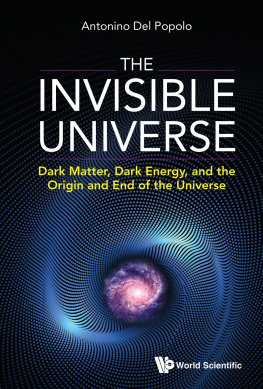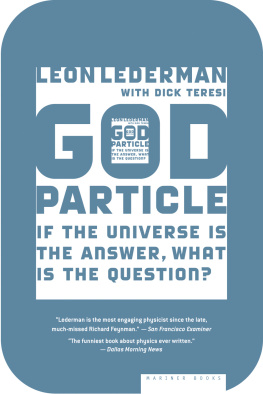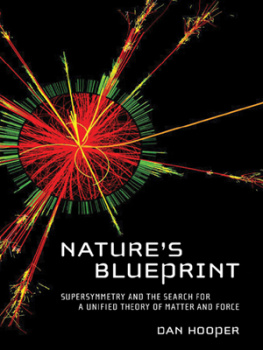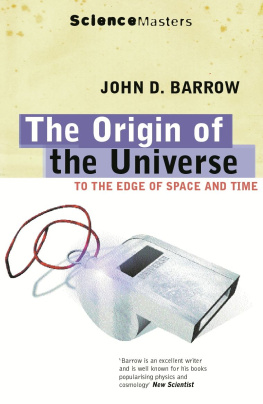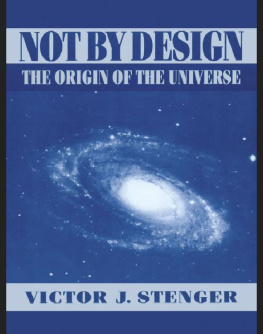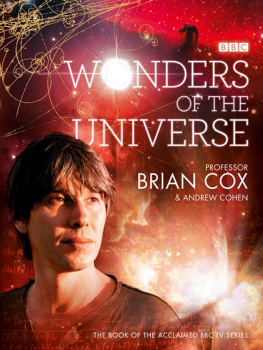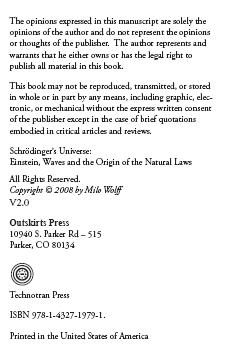
Prologue - Autobiography of the Author
Dear Reader:
I would like you to know about me, the author of this book. I was born 8 August 1923 in Verona, New Jersey where my father was an architect-builder and my mother an artist. In those years of the great Depression, few persons had much money, so I sought my education in bits and pieces where it could be had cheaply. Our Verona high-school principal gave me a one-year scholarship at nearby Essex Junior College. When that ran out, I studied electrical engineering at the NJ Institute of Technology and for money, I took a night job fixing test equipment in the National Union radio tube factory. When WWII began, I joined the U.S. Navy and went to radar school. I became an electronic-technicians mate on the heavy cruiser Bremerton, the flagship planned to lead the invasion of Japan. As it happened, the A-bomb ended the war and we sailed to Shanghai, China. I was the chief 'fix-it man' in the radio room repairing radar, loran, sonar, teletypewriters, coffee pots, anything.
After the war, my education was free using the GI Bill, but there was a flood of ex-GI students filling up colleges. Free places were hard to find. I studied chemistry and economics at Rutgers University and then Upsala College. BS degree in hand, I went to work for the Philco Corporation writing military radar manuals and fixing radar as a field engineer for the U.S. Navy in Great Lakes, Illinois.
I am a person driven by curiosity wherever it leads although this has not always been wise. My curiosity demands to know the reasons why scientific and technical apparatus works. I never felt I knew enough so I decided to use the last of my GI Bill at the University of Pennsylvania to study physics and EE. For my PhD thesis, still a fix-it man, I helped build a Van de Graff accelerator and did an experiment shooting tritium atoms at carbon and oxygen targets. During summer vacations, I found a wonderful job fixing sailboats at Alliquippa , a kids camp in Small Point, Maine. This was a happy time; I loved the kids and they loved me and we had a grand time, playing, sailing, fishing, and eating lobsters. View those memories at www.Alliquippa.net.
PhD in hand, I was hired by the University of Kentucky to teach at the Bandung Institute of Technology in Indonesia. During four years there I learned to speak and teach using Bahasa Indonesia. I was fascinated by the cultural attitudes of other people, because learning and living a new language became a 'mirror' in which I could see glimpses of my American culture against a background of varied world cultures. Seeing oneself is more difficult than seeing others. I married one of my students, Ching Lie. We had two children, Lan-Ling and Winston, adding to my three children, Eric, Jennifer, and Douglas, from my previous wife Bettina.
President Sukarno was in the first graduating class (1919) of this Institute, so he often brought foreign dignitaries to hear his elegant speeches to the students. He was a sensational speaker, first telling jokes in Indonesian, Javanese, Balinese, French and English, before turning serious in Indonesian. Afterwards, he invited us professors to lunch. At other times, he asked us to dine with Ho Chi Min, Robert Kennedy, and the Sultan of Borneo.
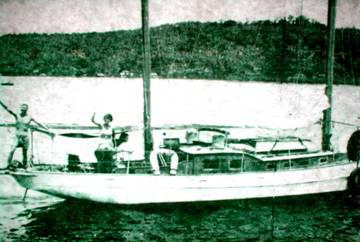
The sailboat Bettina in the port of West Island, Sumatra, preparing for the trip across the Indian Ocean. The author is on the stern deck. We are waving to the people of the Indonesian Navy who helped with repairs.
While in Indonesia, where teakwood is grown and is famed for boats, I hired a Dutch architect to build a sailboat for me that I named Bettina. The boat and I, with the aid of motley crews, eventually arrived in Boston. Then in 1963 I went to work at the Massachusetts Institute of Technology as one of 50 scientists and engineers designing the navigation system for the Apollo Moon Rocket. It successfully reached the Moon six years later.
The Apollo astronauts needed to know the structure of the Moon's surface where they would land. Was it deep dust into which the lunar vehicle would helplessly sink? It was my job to find out. In France, an astronomer, Prof. Auduoin Dollfus, knew more about the Moon than anyone else, so I studied his work and became interested in an 80-year old mystery: Why does light reflected from the Moon becomes polarized at exactly right angles to the expected polarization plane? Six years later I solved this mystery and found that one could use it to determine the sizes of asteroids and moons, and the type of minerals on their surface. [ Polarization of light from rough planetary surfaces , Applied Optics , 1975] The answer was very simple - Light entering a rough surface of grains can reflect twice as well as once. The double reflections caused the mystery. This paper was re-printed by the Optical Engineering Society in their volume set, Milestones in Optics.
Another task was to help the returning astronauts know what the Earths horizon looked like because it was obscured by atmospheric haze. I wrote a computer program that would scan the entire atmosphere using a satellite circling around it and deduce the navigational horizon hidden below. I also realized that this circling satellite and computer program could determine the chemical composition of the entire upper atmosphere, [ Precision limb profiles for navigation and research , J. of Spacecraft, , 1967]. My proposal to NASA to do this yielded six million dollars for MIT. What I didnt realize to my great regret was that the same program could be used to scan the human body. Four years later, someone else did it, the well-known CAT -SCAN, and made a lot of money,!
On a leave of absence from MIT, obeying my travel urge, I worked two years 1966-68, as the physics Professor for the University of SriLanka. My task was to establish a new faculty of Science at their oldest Bhuddist university - Vidyalankara. Being a fix-it man, I emphasized a program of practical technology needed by a cultured but non-industrialized nation. It succeeded, and at their 25th anniversary, I was awarded an honorary doctoral degree and was asked to give the keynote speech [Colombo Times, 1992].
The Earth is so full of interesting places that I was not satisfied to remain in just one. So in 1970 I was happy to become Foundation Professor at the University of Singapore (Nanyang) for two years. I have always been fond of Singapore because their birthday, August 8, 1963 is also mine. I was 40 years old when they separated from the British Empire and I was in Singapore repairing my sailboat Bettina.
I returned home to join the Aerospace Corporation in Los Angeles, to work with their space program and the GPS Global Positioning System, one of the most precise measuring systems on Earth. In view of its great usefulness, it is sad to see it used for war although we always knew this was the purpose from the beginning.
In 1975, I became Chief of Science and Technology for the United Nations Economic Commission in Addis-Ababa, Ethiopia. My role was to stimulate science and technology throughout Africa on a budget of zero dollars! Well, I learned a lot about the UN and Africa.
The Universe is an infinite collection of gadgets. At age 55, I sadly realized that my ambition to learn all of technology was hopeless. Science and Technology were growing faster than either I or anyone could learn them all. So I decided to study and find the origin of just the basic Natural Laws that underlie science and technology. There are only about six such laws, depending on your perspective, so my goal was limited and be possible. The result of that study is this book.

